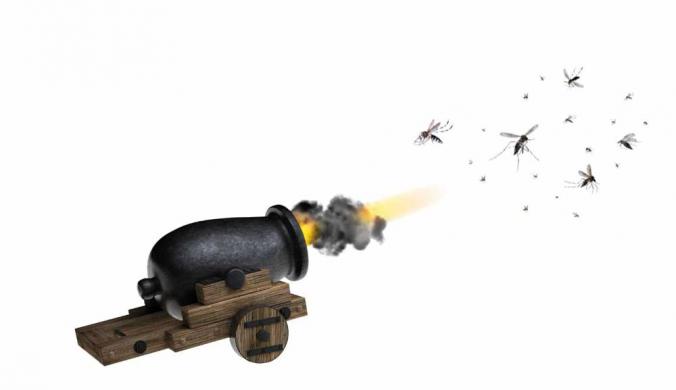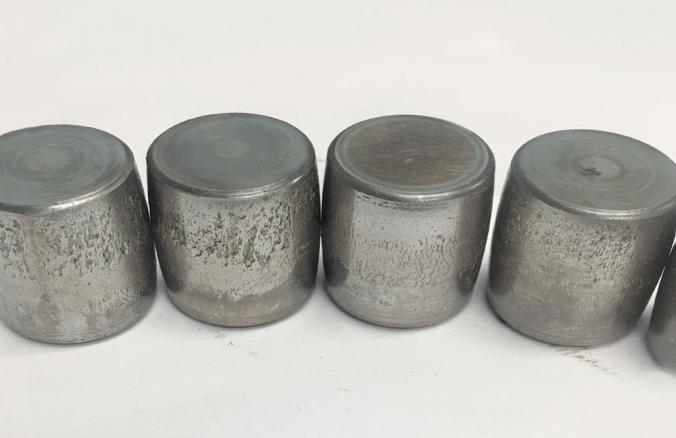Are you ready?
“We need to implement Maintenance 4.0! I just came back from a conference and it seems like everybody is doing it,” exclaimed John, a reliability engineer.

John, I like your enthusiasm and I am glad you learned some new stuff at the conference. We have higher priorities for you to work on. We had three major break downs this month that caused eight hours of lost production and expensive repairs. The daily schedule compliance is only at 58 percent, and most of the jobs in the schedule aren’t planned” said Brian, the maintenance manager.
“Yes” John replied, “But if we implement more machine learning and online sensors, we can increase data collection and fix this”.
“John, do you remember when we put in about 100 sensors on process line two? Your cell phone was jammed up with alarms. And even though you spent a lot of time filtering them and requesting only the most urgent repairs, our backlog went way up. Your requests had to compete with all other urgent work in backlog. Several of the failures you had reported went to break down. It took us almost a year to get backlog back to what we considered normal. The same will happen, on a larger scale if we jump into more technology that we are not ready for.”
“John, in the long run I agree that we should implement new technologies. I want you to keep learning about all the new technologies we can use and implement at the right time. Right now, you have to help me get the very basics implemented.”
“So, what do you want me to focus on before we can implement Maintenance 4.0?” asked John.
“To start with the planners are only using 30 percent of their time actually planning work. The Bill of Materials is incomplete, so they can’t find the parts or materials needed for the work they need to plan. That means they are wasting time searching for or even buying parts. And don’t get me started on the fact that most of the work requests are given a much higher priority than they should be because they aren’t truly important but emotional.”
I’ve heard discussions like these many times over the years, only the names of the technologies are different.
I am all for new technology. In the late 1970s I introduced and taught technologies such as SPM and Acoustic Emission, Wear Particle Analyses with Ferrography, Thermovision and many more, in Europe, China, India and many other countries. I was also instrumental in developing the first Computerized Maintenance Management System in 1968. A much-updated version that is still on the market, The Idhammar System.
Today, new technologies are being introduced and adopted rapidly such as Internet of Things (IOT), cloud-based applications, better sensors and capabilities to accumulate huge amount of data. This is good and I am certainly all for it – when it is applied at the right time for the organization. I like this quote from Bill Gates:
“The first rule of technology used in a business is that automation [new technology] applied to an efficient operation will magnify the efficiency.
The second is that automation [new technology] applied to an inefficient operation will magnify the inefficiency” – Bill Gates
I fully agree with this statement because I have seen so many examples where this is true. I visited a plant that had installed on-line condition monitoring systems that overwhelmed the Reliability Engineers and others with alarms on possible early failures. They were overwhelmed because their very basic reliability and maintenance management processes were not well-developed and at best only partially executed. Backlogs were increasing and failure reports from their Vibration and Oil Analyses were not be acted upon.
This new technology for the plant would have been good if they had been in a position to Plan then Schedule the correction of these failures before they develop into a breakdown.
Even though I have been preaching this for 50 years, I cannot stress enough how important it is, when implementing new technologies, that the very basics of maintenance prevention, inspections, plan, schedule and execute must be working well.
This includes that most reliability related maintenance work is generated as a result of condition monitoring and basic inspections, right priorities in notifications and work requests, less than 10% changes in daily schedules that were frozen 20 hours in advance of execution, etc.
Most of us who have been in this business a long time knows this. But the next generation will learn a lot of new technology at colleges and conferences, which is important, necessary and very good. However, they will also have to understand that people and good execution of the basic RM processes is still necessary for successful implementation of new technologies.
John, the Reliability Engineer in this article, should focus on implementing the basics to be ready for financially viable use of upgraded technologies. When maintenance prevention including lubrication, justified fixed time maintenance, precision alignment, balancing and Root Cause Problem Elimination (RCPE), etc. are executed at a good level, and the chain (Inspect, Plan, Schedule, Execute), is not broken, you will enable great results using the technology you are ready for.
You might think this is antiquated and that there must be a better way to manage maintenance. You are right, the same processes have been around for almost 2000 years, perhaps longer than that. The only thing that has changed, and will continue to change is technology, which in the last 60 years has become much better and much more affordable.
The first known book on Maintenance Management that I have found is De Aquaeductu Urbis Romae written by Sextius Julius Frontinus AD 97. He was appointed by the emperor of Rome to maintain the aqueducts. Rome had a shortage of water and the alternative was to build a new aqueduct. Instead Sextius Julius improved maintenance of the aqueducts. The results included surplus of water in Rome without building a new aqueduct.
What he did can be summarized like this:
- Site visits
- Documentation
- Inspections
- Daily meetings
- Work preparation (Planning)
- Preventive Maintenance
We can call maintenance management by many new acronyms, but the basics are the same.
I like to end with something I have said many times over the years:
“New Technologies are important but use only the Technologies your organization is ready for”.









